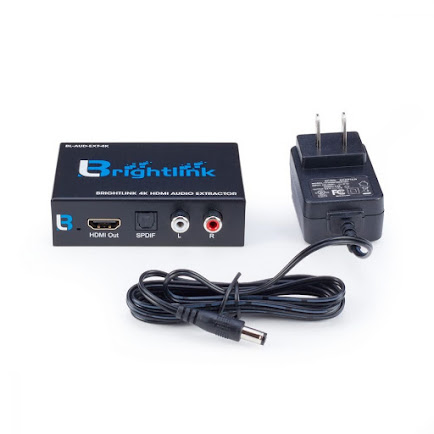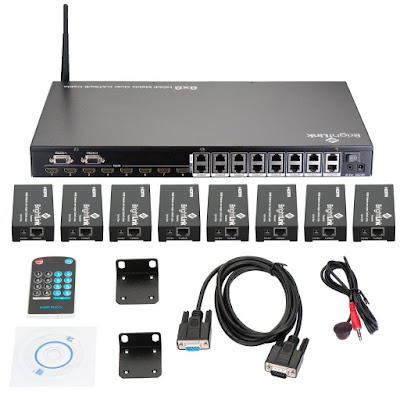Why Should I Prefer HDMI Cables over Coaxial Cables?
We are living in a 4K high-definition world. To achieve the best picture, you must use the best gears like Brightlink’s HDMI 4x4 matrix HDMI 2.0 and the best cables connecting your entertainment system. The two most desirable connections for high-definition video quality are coaxial and HDMI. Both work well, but HDMI is considered a better option.
HDMI is a single cable for video and audio hook-up that delivers amazing
picture quality, 3D support, surround-sound audio, and more.
Video Quality
- Both
standard HDMI and coaxial can support up to 1080p video resolution. But
that doesn’t mean that the picture quality of both cables is equal. HDMI
is a digital cable that means there is no wasted conversion from your
digital Blu-ray disc.
- HDMI
cables offer high-definition content protection, which is required by
Blu-ray discs. You may see lower-resolution video content if you connect
with a coaxial cable.
Move to 3D
Many latest HDTVs support an HDMI 1.4, which offers additional color
space to replicate vivid hues that try to match what you see with naked eyes.
And because 3D content uses two images to generate a three-dimensional effect,
1080p 3D video requires high bandwidth.
Advantages of HDMI Cables
- Single
cable for both audio and video.
- High
definition video output.
- Available
on almost all the products.
- High
future compatibility.
Audio Quality
The HDMI cable is famous for its audio and video quality. But it’s more
renowned because it doesn’t require any extra cable to carry audio. In
addition, HDMI cable supports Dolby TrueHD and DTS-HD for loss-less and amazing
theater-quality audio. It makes HDMI cable more popular than coaxial cable. If
in case, your HDMI cable is too short to connect to another device, you can
use HDMI wireless extenders to extend the length of
your HDMI cable without losing the audio and video quality.





Comments
Post a Comment